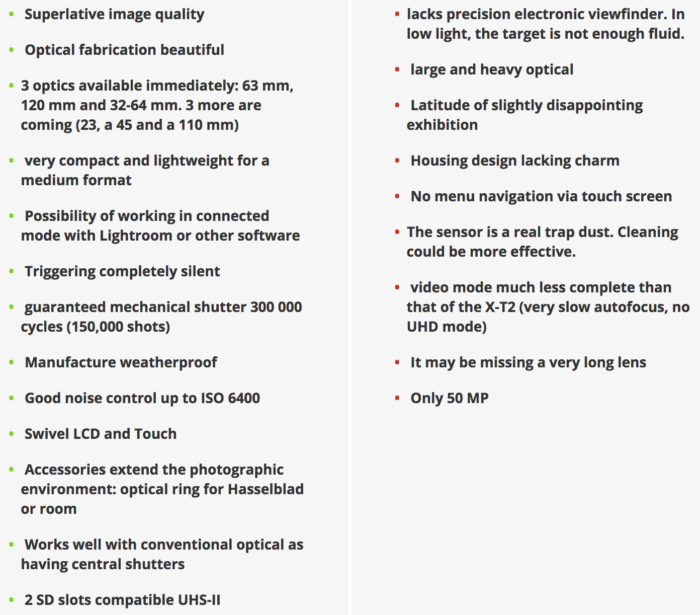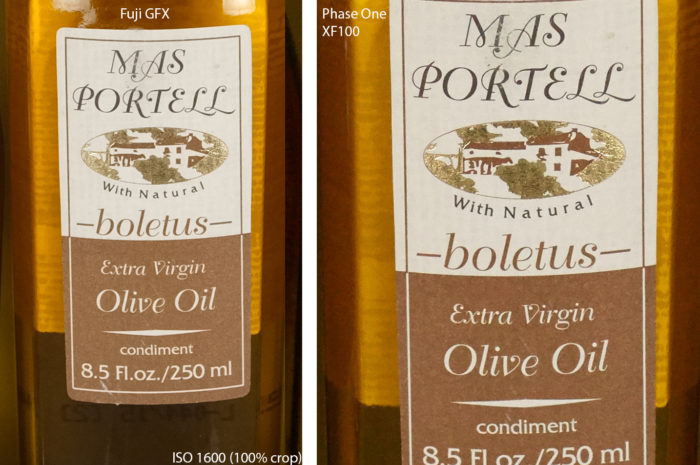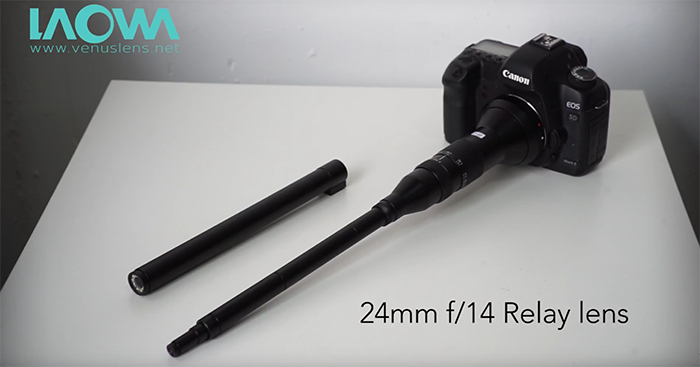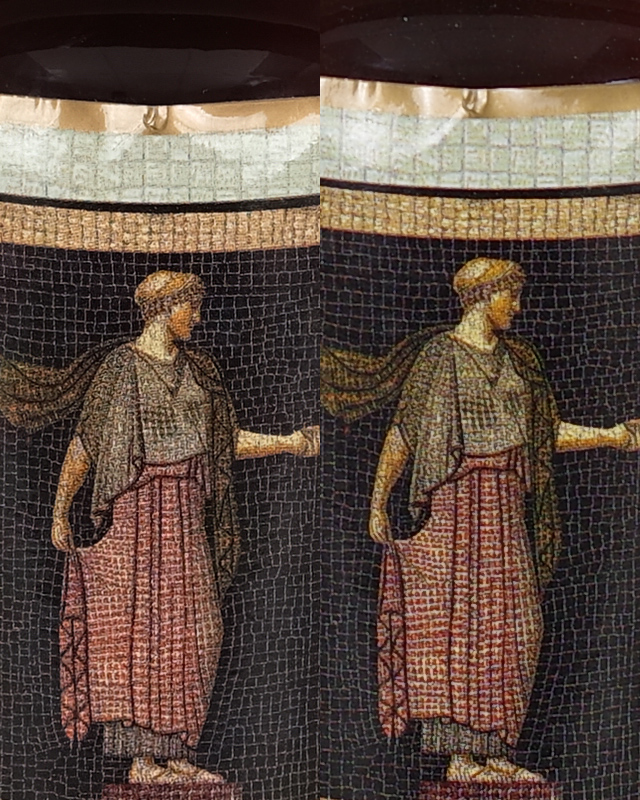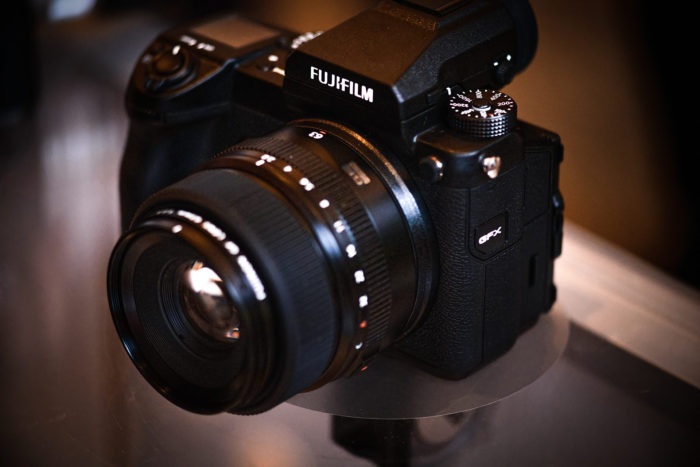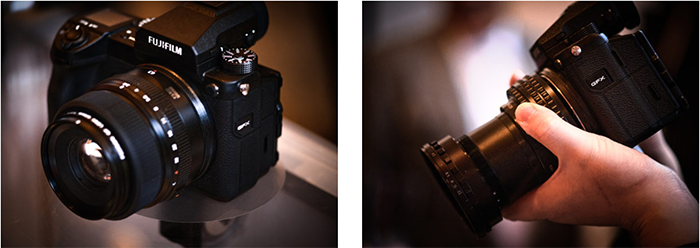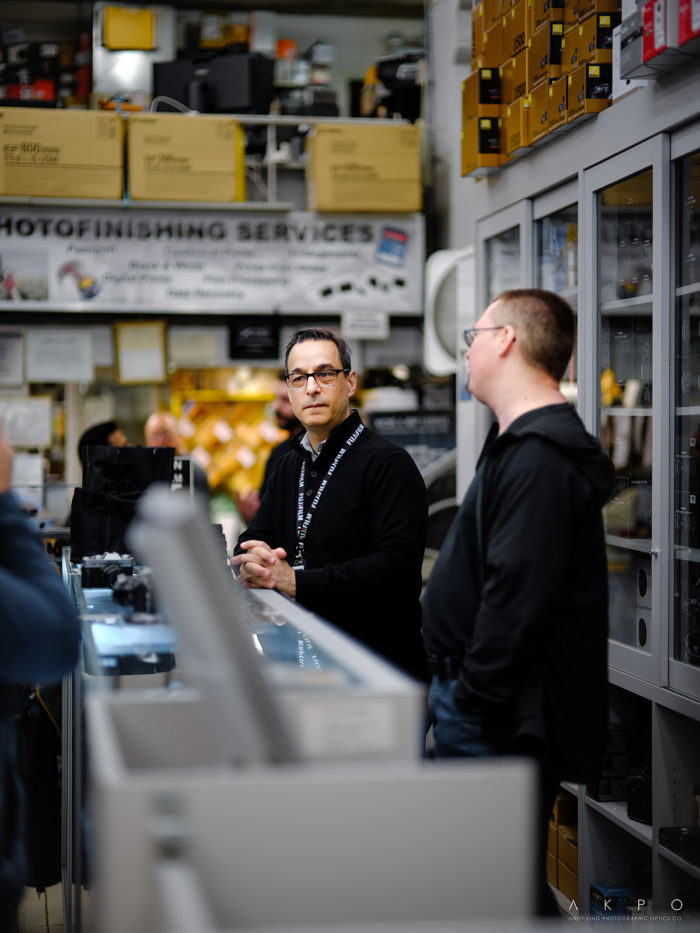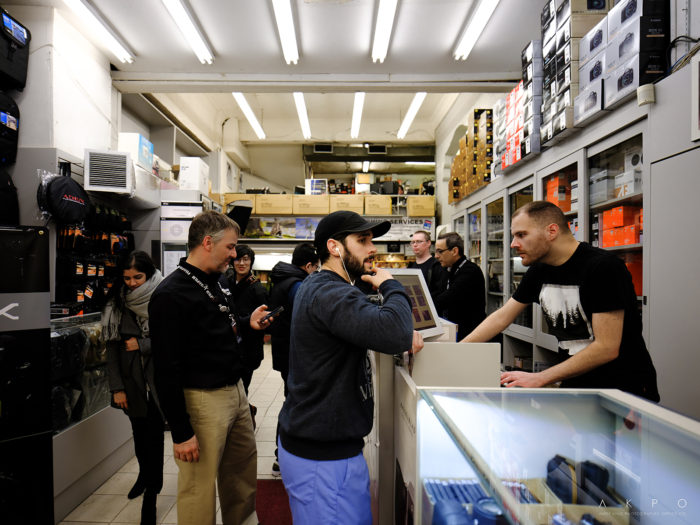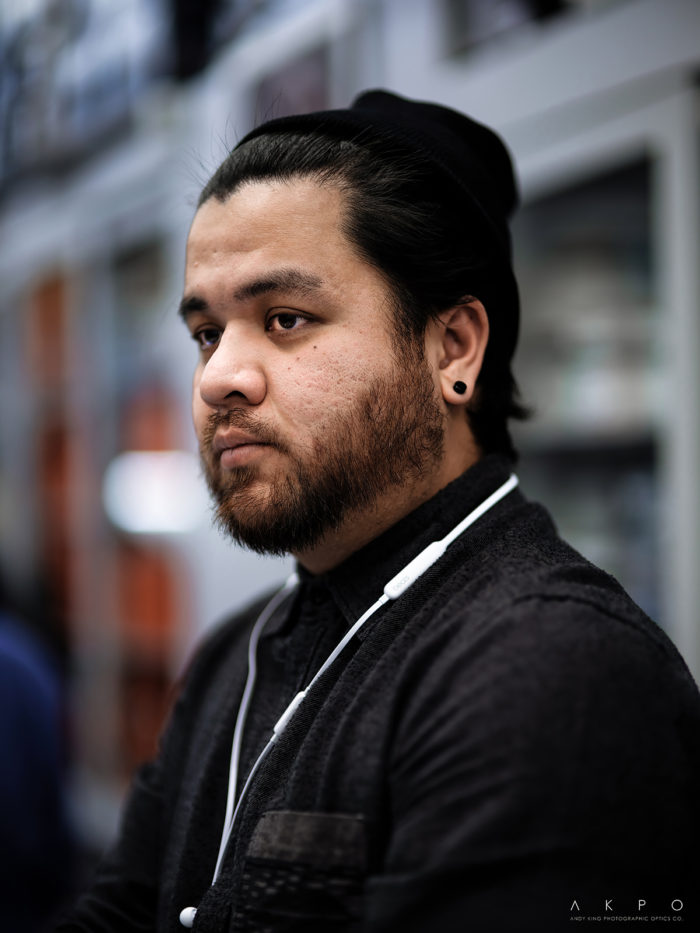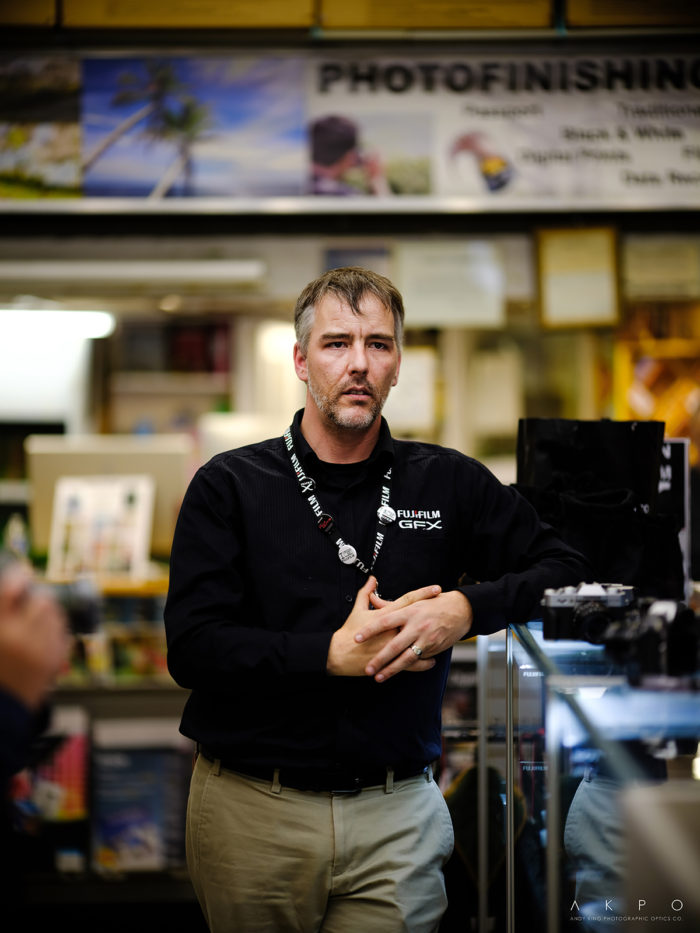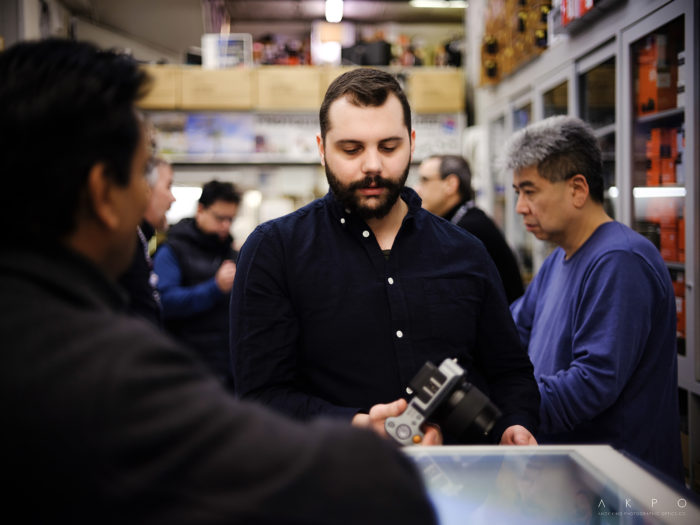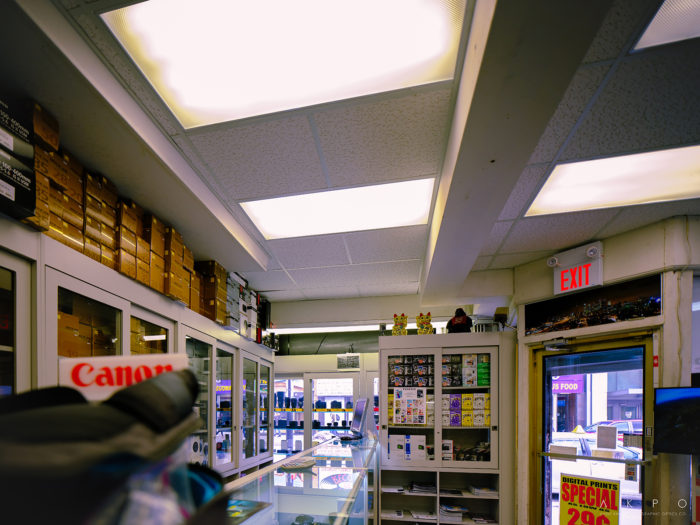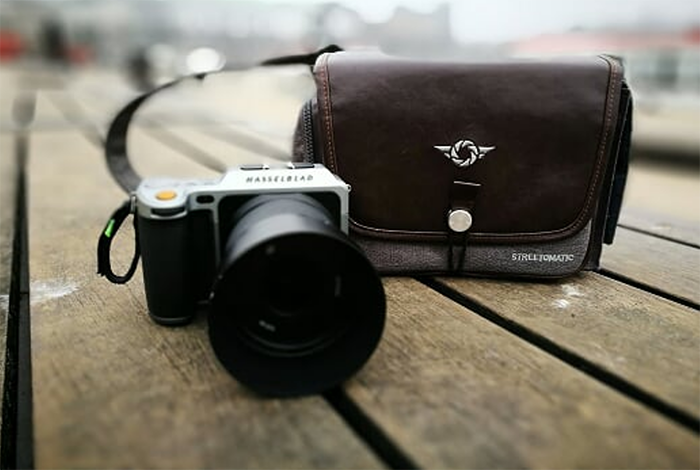The next Fuji GFX vs Hasselblad X1D vs Sony A7rII comparison by Focus Numerique. Guess who wins…
From 50 to 800 ISO, the GFX 50S delivers sumptuous shots: the colors are vivid, the images very detailed. The dynamic range is excellent and it will be possible to climb up to 1,600 or even 3,200 ISO without too much hesitation.
But while the GFX offers the best image quality of the bunch the question remains if the price justifies the comparable negligible image quality difference. Focus Numerique says they would have loved Fuji to go for the larger 55x41mm sensor…



